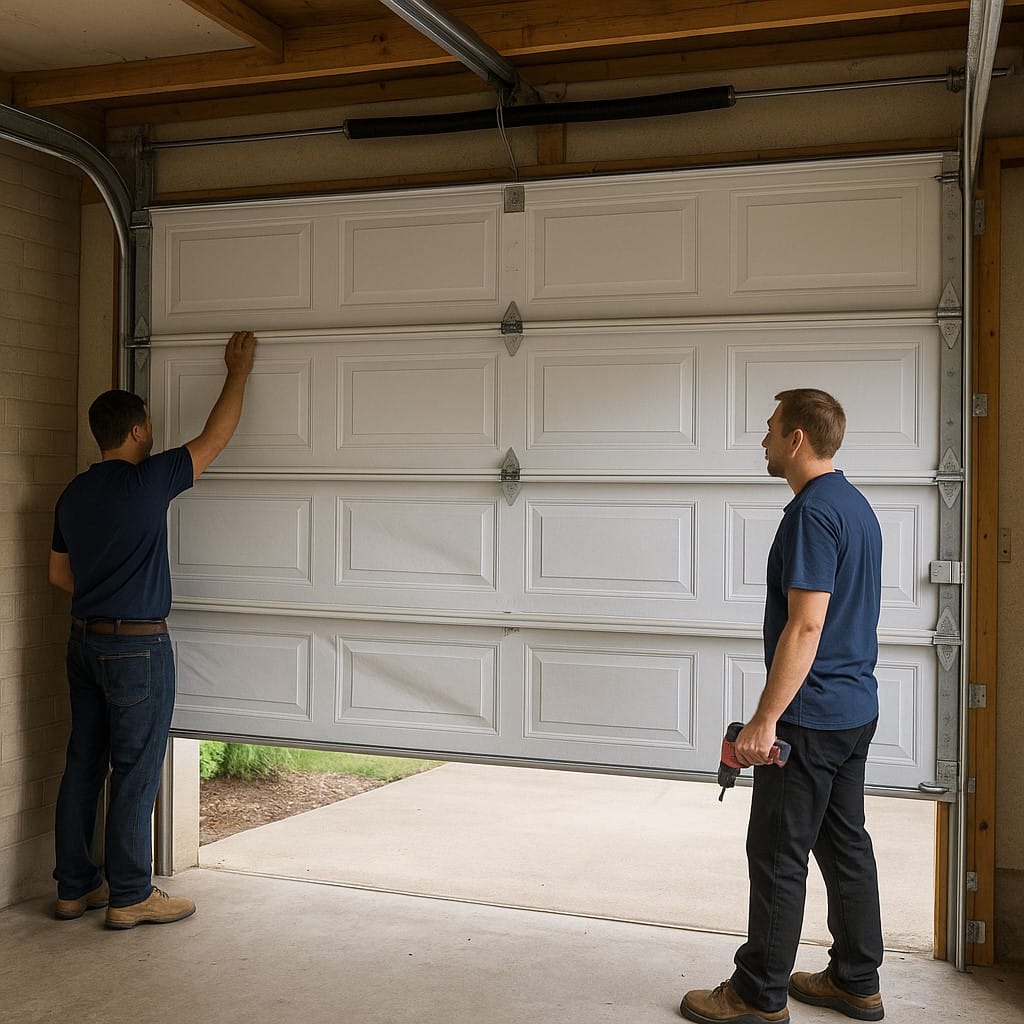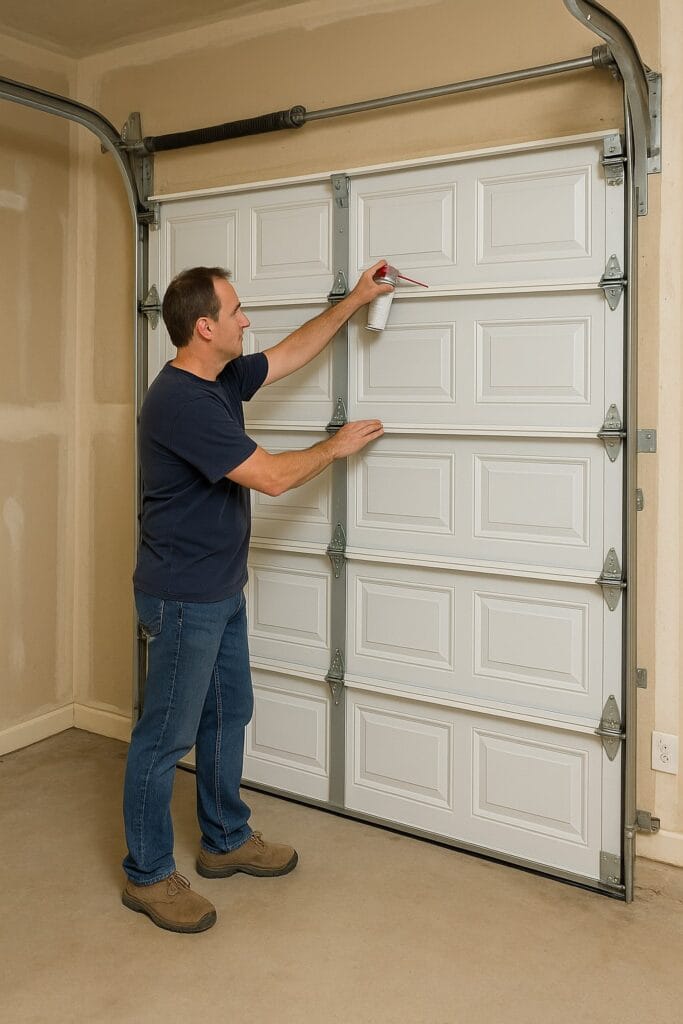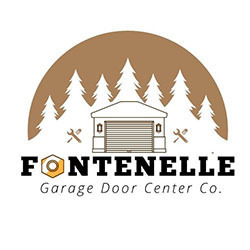Annual Maintenance Checklist After Replacing Garage Door in Texas

When the Simmons family in nearby Omaha called us in a panic, their garage door was stuck halfway open, sagging on one side. Their torsion spring had snapped, the garage door opener was straining, and several panels were dented from years of hail damage. We replaced their old system with a new garage door featuring high R-value insulation, heavy-duty torsion springs, and an ultra-quiet garage door opener. But more importantly, we gave them a year-long maintenance plan because what comes after replacing a garage door matters just as much as the installation process itself.
Did you know that garage doors account for over 40% of your home’s curb appeal and are used over 1,500 times a year on average? Yet many homeowners neglect post-installation upkeep, risking costly repairs, inefficient energy use, and premature wear. If you’ve recently completed a garage door installation, whether in Texas or Nebraska, annual maintenance is essential to ensure a smooth operation, extend the system’s lifespan, and preserve your home’s energy efficiency.
At Fontenelle Garage Door Center Co., we specialize in both residential garage door and commercial garage door services, offering installation, repair, and comprehensive yearly tune-ups. This guide walks you through a detailed step-by-step checklist to protect your new garage door and keep your home secure, functional, and efficient.
Why Annual Maintenance Matters After Replacing Your Garage Door

Your garage door is the largest moving object in your home. Once you’ve finished the installation process, it’s critical to understand that maintenance isn’t optional; it’s vital for safe operation, energy conservation, and system longevity.
Without regular maintenance, parts like springs, cables, rollers, panels, tracks, and the garage door opener can wear out, loosen, or fail. In Texas, the fluctuating temperatures, high humidity, and occasional storms can stress materials like steel, vinyl, and wood. Without proper upkeep, the insulation in your door can degrade, reducing its R-value and making it harder to conserve energy.
Beyond functionality, a well-maintained door enhances security, reduces utility costs, and prevents mid-operation breakdowns that could damage your car or injure someone. Whether it’s a torsion spring adjustment, hinge lubrication, or a track alignment, small efforts can prevent big disasters.
Monthly Maintenance Tasks
🔍 1. Perform a Visual and Operational Inspection
Inspect all garage door sections, especially the bottom panel, top section, and the connection between panels, for any visible damage, rust, or bending. Check that vertical tracks and horizontal tracks are free of debris and aligned with the garage wall. Inspect for frayed cables, rusted hinges, and cracks in the garage door panels.
Then, operate your garage door opener and listen carefully. Squeaks, jerks, or grinding sounds could mean misalignment, a loose bracket, or a lack of lubrication. If your door hesitates or stutters, it may indicate tension issues in your torsion springs or a worn-out belt drive.
🧽 2. Clean the Tracks and Surface
Use a microfiber cloth or brush to wipe down the vertical and horizontal tracks. Avoid applying grease to the tracks this attracts dust. Instead, keep them clean for smooth operation. For the door panels, use a mild detergent to clean dirt, especially around hinges, bolts, and the center bracket.
🔩 3. Check Fasteners
Use a power drill to gently tighten all screws, nuts, and bolts on the brackets, hinges, and tracks. Always turn screws clockwise and never over-tighten this can warp the garage door sections or strip holes in the header or door frame.
Quarterly Maintenance Tasks
🛠 1. Lubricate Moving Parts
Apply silicone-based lubricant to torsion springs, hinges, rollers, and bearing plates. Lubricate the opener’s drive chain or belt, depending on the model. Avoid using all-purpose oils like WD-40, they’re not designed for garage systems.

Lubrication prevents metal-on-metal contact, reduces noise, and enhances smooth operation. Don’t forget to lubricate the flag brackets where the tracks meet the wall.
⚖️ 2. Balance and Spring Tension Test
Unplug the garage door opener and manually lift the door halfway. A balanced door will stay in place. If it moves up or down, your torsion springs or extension springs may be out of balance. Do not attempt a DIY spring adjustment; call a professional. These high-tension components are dangerous without proper tools like vise grips and safety cables.
👁 3. Test the Safety Sensors
Use a cardboard box to break the beam between the garage door sensors. If the door doesn’t stop and reverse, clean the sensor lenses, check the alignment, or replace the sensor if it’s faulty. Proper sensor function is essential for safe operation.
Bi-Annual Maintenance Tasks
🔧 1. Hardware Retightening and Bracket Check
The vibrations from opening and closing can slowly loosen components. Tighten the hinges, center bracket, header bracket, and track bolts with a socket wrench. Also, check the torsion tube for signs of stress or bending.
If you notice any cracked or damaged garage door panels, now’s the time to replace them to prevent strain on the entire door system.
🌬 2. Replace Weather Seals and Insulation
Inspect the bottom weather seal, side seals, and garage door insulation. Texas heat and dust can degrade rubber and foam. A damaged seal lets air and pests into your garage, undermining your home’s energy efficiency.
Replace worn seals and upgrade your door’s insulation if needed. Higher R-values mean better temperature control and reduced energy bills.
⚙️ 3. Inspect the Opener’s Drive System
Check the belt, chain, or screw-drive for wear. Look for sagging, slack, or frayed parts. Listen for grinding noises during use. These signs indicate it’s time to tighten or replace the drive components to maintain proper operation.
Annual Maintenance Tasks
👨🔧 1. Schedule a Professional Inspection
Even with a perfect DIY routine, only a trained technician can inspect internal motor components, realign the vertical track, adjust the torsion spring tension, and spot hidden defects. Annual check-ups ensure your garage door performs at its peak year-round.
🆘 2. Test Emergency Release and Manual Function
Pull the emergency release cord and lift the door manually. This test ensures you can access your garage during power outages. If the door feels heavy or gets stuck, your spring system may be failing.
📲 3. Check Smart Features and Garage Door Apps
If you installed a smart garage door opener, test mobile alerts, voice controls, and remote access. Make sure the firmware is up to date. Review garage security settings to prevent unauthorized access.
Warning Signs to Watch For
After replacing your garage door, stay alert for:
- Gaps between the door panels
- Fraying lift cables
- Slow or noisy door opening
- Opener not responding or reversing
- Higher heating/cooling bills due to poor insulation
Early detection of these issues will save you time, money, and stress.
Unique Challenges for Texas Homeowners
Texas homeowners face particular challenges, such as:
- High humidity causes rust on metal parts
- Dust storms clog garage door tracks
- Extreme heat degrades rubber insulation
- Hail damage denting panels and bending brackets
Consistent maintenance will help keep your garage door system in top shape, no matter the weather.
How Can Fontenelle Garage Door Center Co. Help You?
At Fontenelle Garage Door Center Co., we go beyond just garage door installation. We’re your partners in long-term garage door maintenance, repair, and performance optimization. Whether you need a complete garage door system check-up, opener adjustment, or insulation upgrade, we’ve got the tools and expertise.
Our professional garage door services include:
- Residential and commercial garage door installation
- Custom garage door panel replacement
- Garage door spring and cable repair
- Opener troubleshooting and upgrades
- Energy-efficient insulation enhancements
- Smart garage opener configuration
- Annual and seasonal maintenance packages
📍 Visit us at 1001 Fort Crook Rd N, Bellevue, NE 68005
📞 Call us now at (402) 674-4281 for a FREE consultation or to schedule your annual garage door service.
Your door. Our expertise. One powerful partnership.
Frequently Asked Questions (FAQs)
1. How long should a new garage door last with proper maintenance?
A well-maintained garage door can last 15 to 30 years, depending on the materials, usage frequency, and environmental factors.
2. Can I use regular motor oil or WD-40 to lubricate my garage door parts?
No, only use a silicone-based or lithium-based lubricant designed for garage doors; WD-40 is a solvent and not suitable for long-term lubrication.
3. Do I need to reprogram my garage door opener after replacing the door?
Typically, no, but if the opener was replaced or reset during installation, reprogramming may be necessary to sync remotes and smart features.
4. Should I insulate my garage door if I live in a mild climate?
Yes, insulation helps conserve energy, improves noise reduction, and increases structural integrity regardless of your climate.
